| Photo of the month – December 2020 |
[German version] |
| For the start of winter, we are pleased to bring you two columns. |
|
 |
 |
| That sinking feeling | When spreaders go skating |
When spreaders go skating
So what is a spreader? A spreader acts as a kind of cross-member. If no spreader is used and containers are lifted attached to a single point, i.e. attached to a crane hook with wire ropes and chains, the opening angles of the lifting gear (chains or wire ropes) will introduce considerable horizontal forces into the roof of the container. Furthermore, the container would be able to move “freely”, in other words, it could rotate, which is something that must be avoided if cargo is to be loaded quickly and efficiently. Below deck, containers have to be located in guide rails (cell guides) and on deck they have to be located in twistlocks or in the corner castings of the container below using stacking cones. The containers must not twist during this process. For this reason, gantry cranes have been in use for a long time. With these cranes, the spreader is attached to four points to keep it as stable as possible.
Sometimes, speed is of the essence at the dockside, and if there is no special spreader available in one of the terminals (in this case, a spreader for open-top containers or overheight flat-rack containers), people help each other out and the necessary equipment is quickly rustled up. The spreader for overheight containers is simply fetched from terminal “A” and moved to terminal “B”. A lowloader is ordered, four rubber mats are laid out, the spreader with its twistlocks is placed on the trailer and one or maybe two tie-down lashings are attached “for the sake of that short distance”.
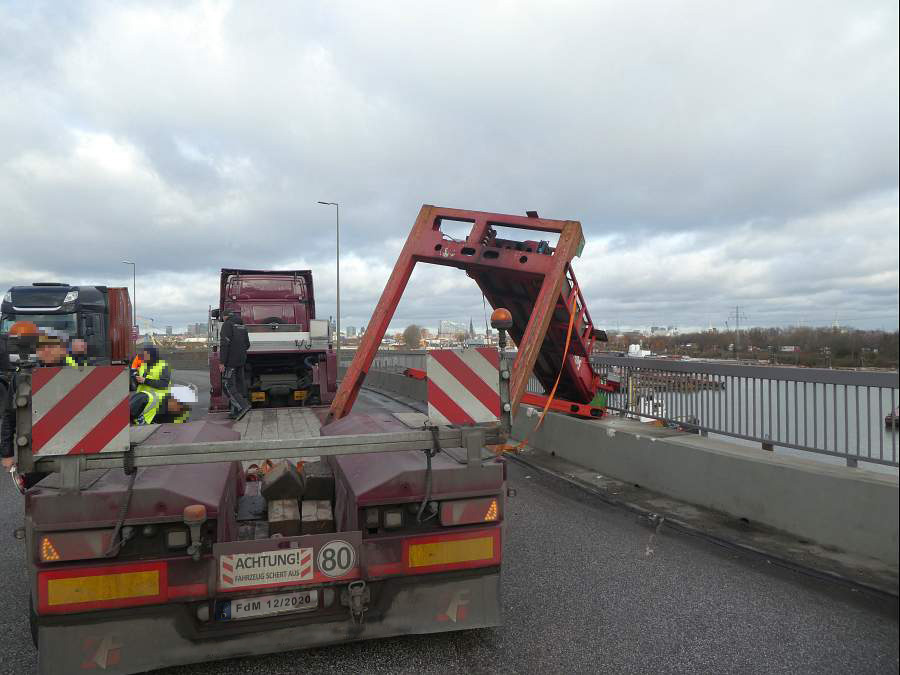
Figure 1 [Hamburg Police]
We’ve seen it all before: The vehicle rounds a bend and the poorly secured load only makes a half-hearted attempt to do the same. It slips from the lowloader trailer and, thank goodness, the worst that happened was that the 5-tonne spreader was badly damaged.
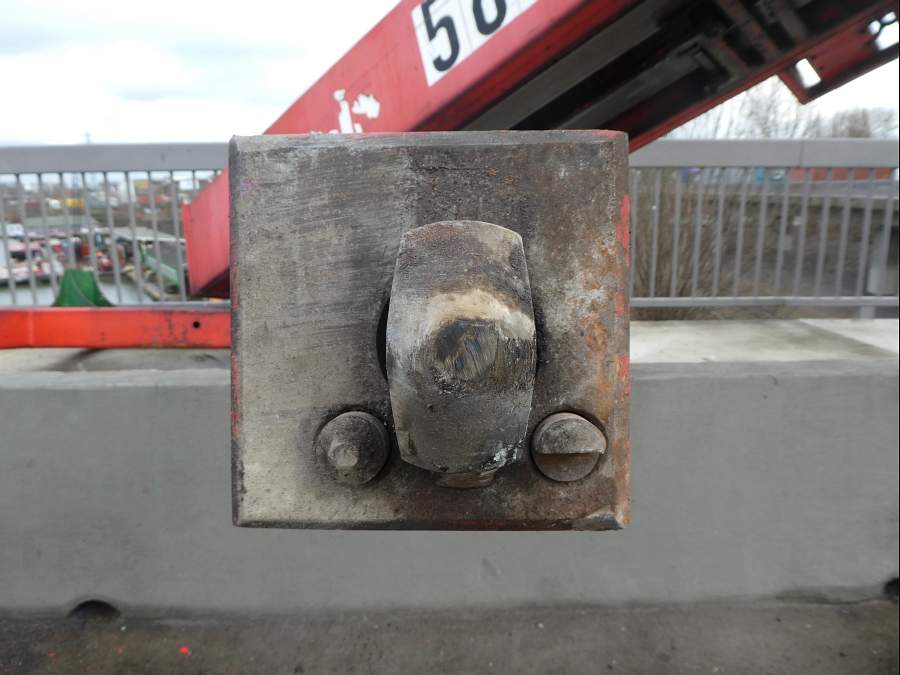
Figure 2 [Hamburg Police]
The twistlocks are conical in shape to make it easier for them to slip into the corner castings of the container.
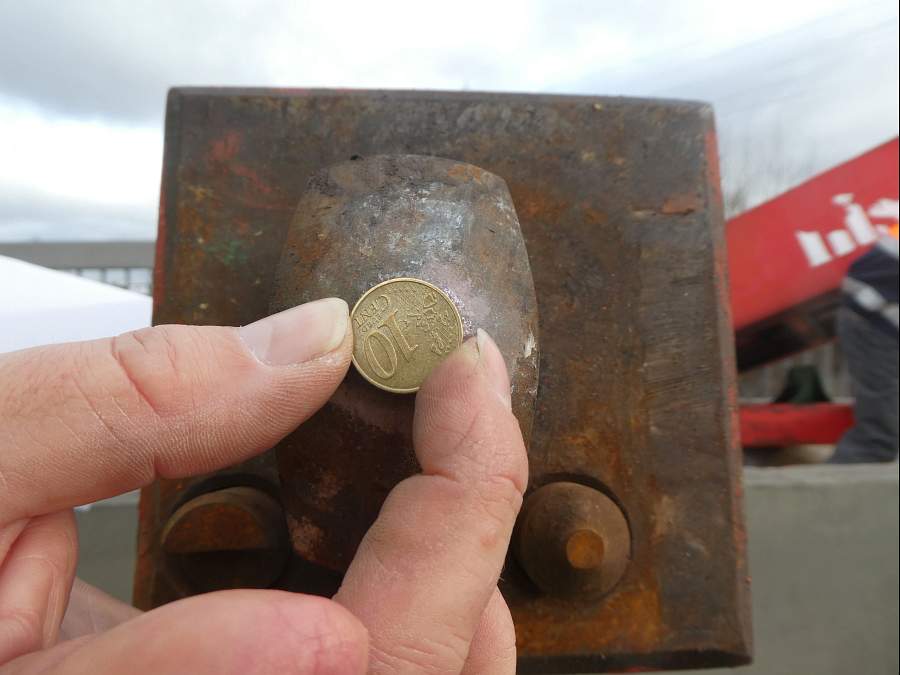
Figure 3 [Hamburg Police]
The contact surface of each twistlock on the trailer is even smaller than a 10-cent coin. At a weight force of 5,000 daN, this leads to a hefty point load.
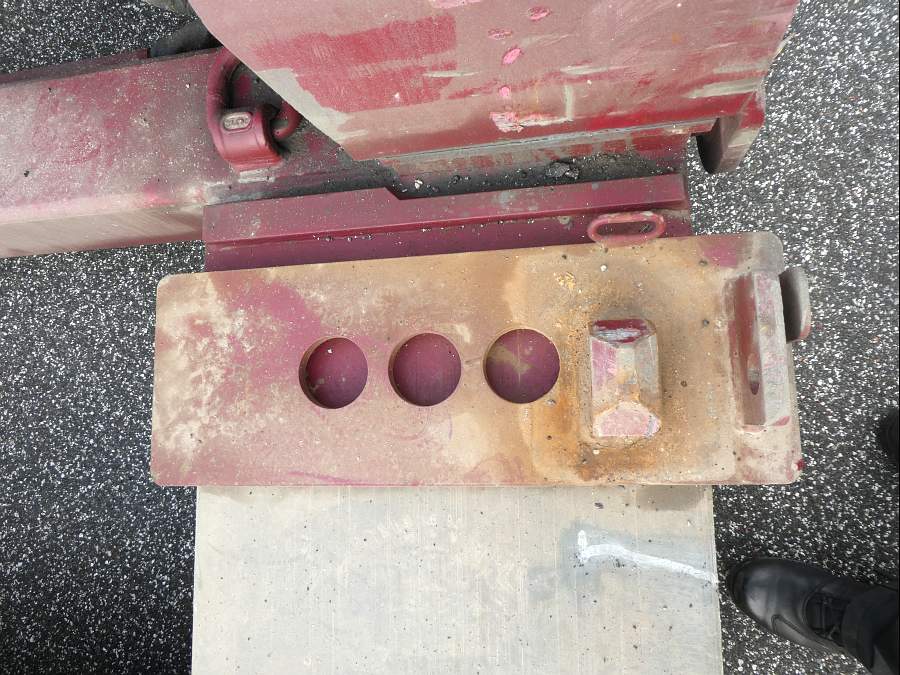
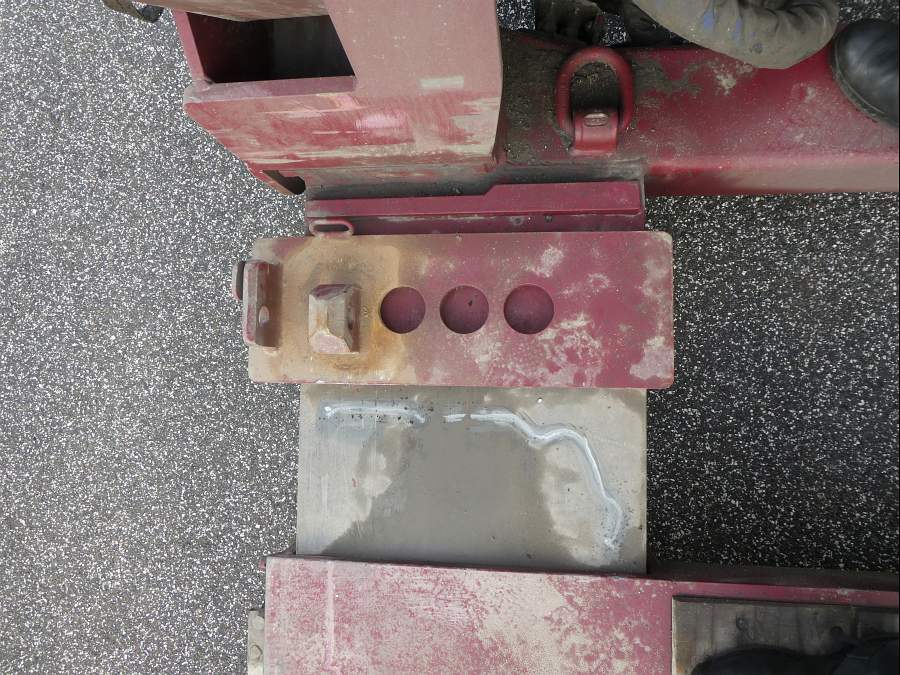
Figures 4 and 5 [Hamburg Police]
The scratches on the vehicle show what happened here.
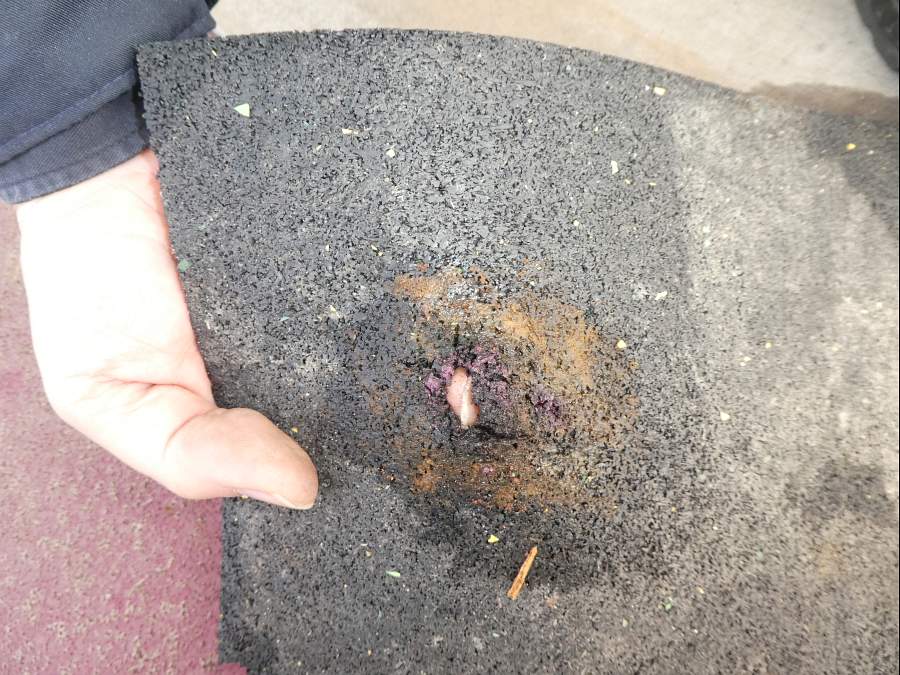
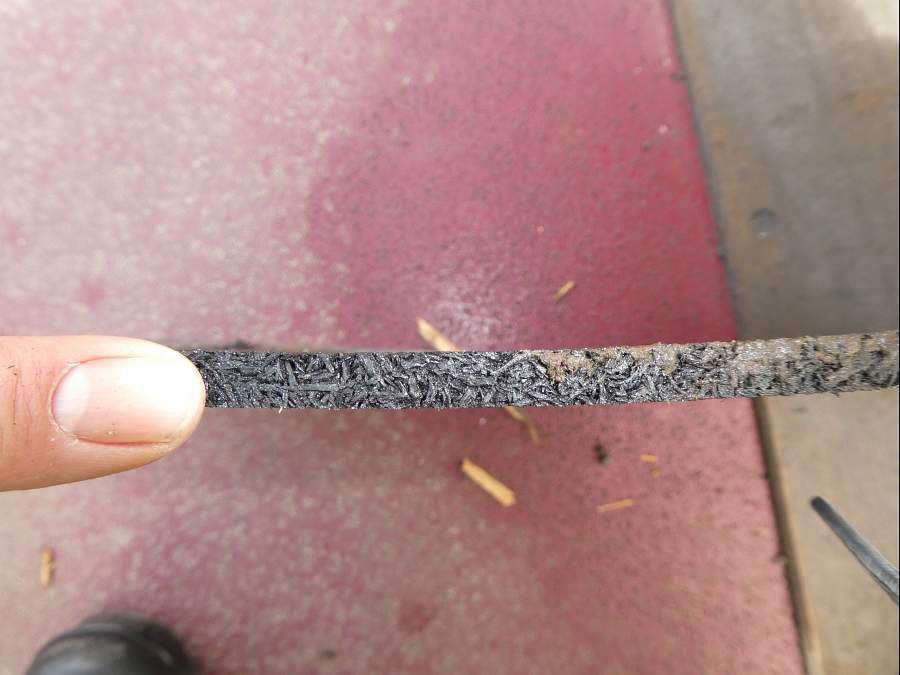
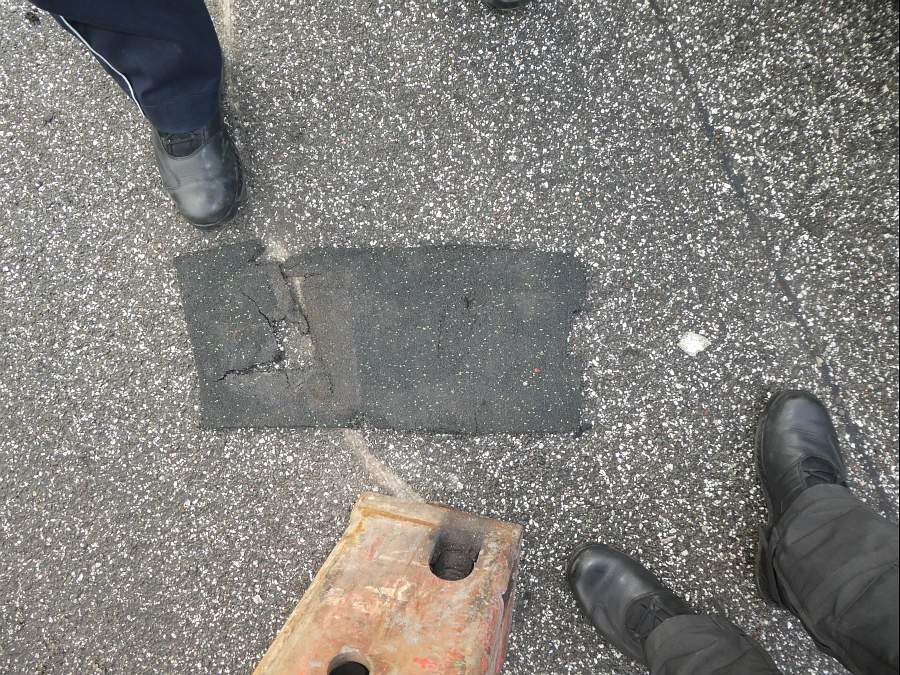
Figures 6, 7, 8 [Hamburg Police]
Although anti-slip mats were used, there is no doubt that they were unable to withstand the pressure involved here. As we can see in the photos, the weight simply “punched” holes through the mats. The friction-enhancing effect was lost and the accident was from that point on a foregone conclusion. The tie-down lashing, or perhaps two tie-downs, were no longer of any significance.
So what is the correct way of securing equipment like this?
We can think of two ways of solving the problem:
- Using double-ended corner castings. The vehicle was fitted with twistlocks to accommodate containers. The spreader was also fitted with twistlocks. If four pairs of corner castings were welded together, these could be placed on the twistlocks of the vehicle and locked in place. The spreader could then be placed on top and locked in place. This is the perfect way of securing the load.
- Instead, we shall use belts to secure the spreader: To do this, we need eight belts. The level of friction is extremely poor, and it is doubtful whether heavy-duty mats would be able to withstand the pressure. We would use them, but still use the following method to secure the load.
- Two loop lashings around each of the “legs” of the spreader acting to the right and two acting to the left. Because the spreader is liable to tip, two further loop lashings are attached around the top part of the spreader (acting to the right and left). And because we don’t want to rely on our old friend friction to secure the load to the front and back, we need two more direct lashings, preferably in the form of loop lashings around the legs of the spreader.
Back to beginning
